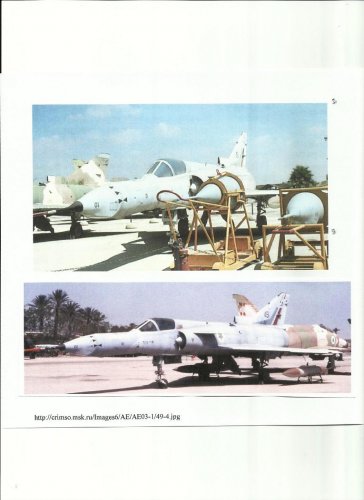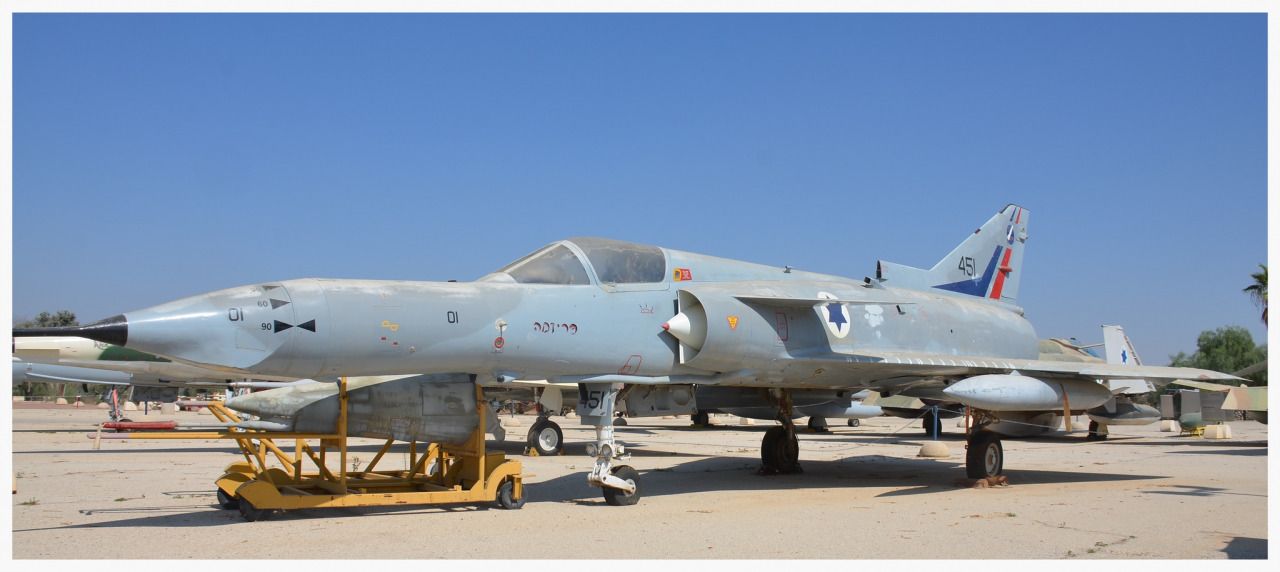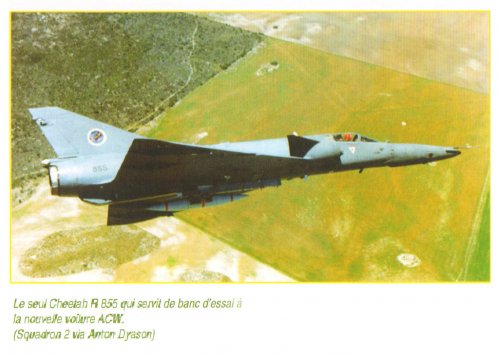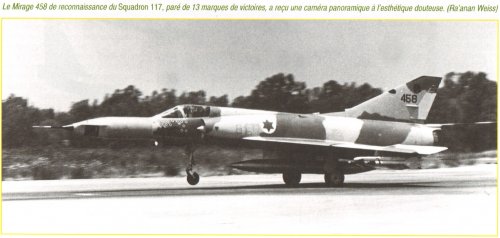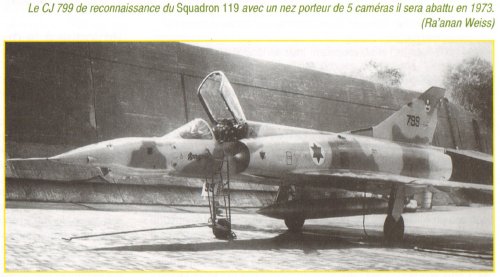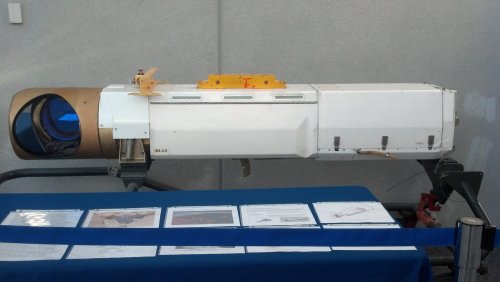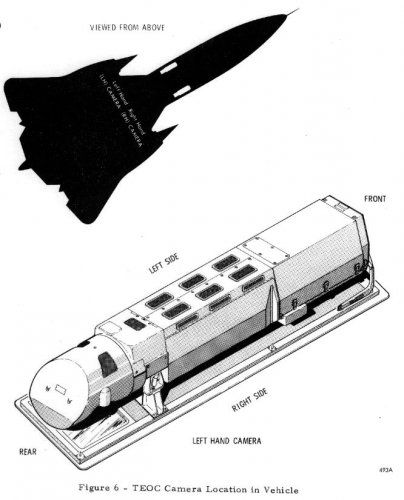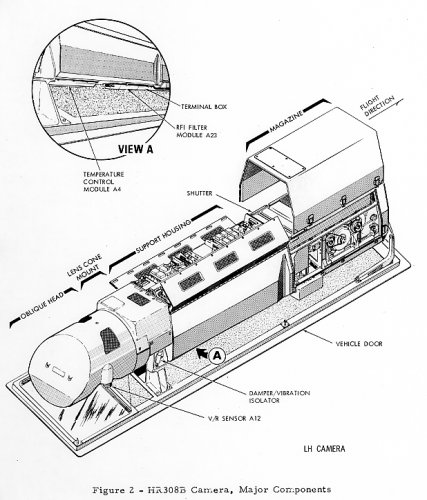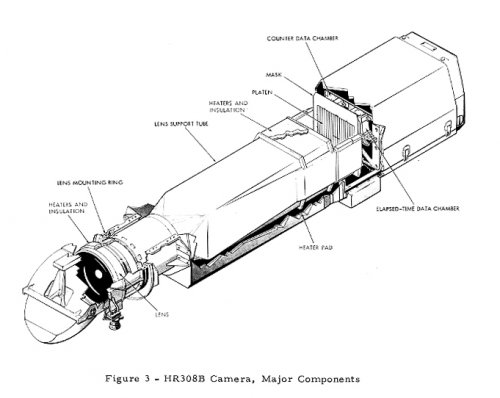Roaring Back
(Source: Israel Air Force; issued Sept. 25, 2013)
Colombia is currently the biggest operator of the Israeli Kfir fighter, and has a fleet of 24 aircraft, all upgraded to the same, modern standard. Neighboring Ecuador operates another Mirage III variant, the South African-developed Atlas Aviation Cheetah, also in an upgraded version. It is almost 40 years old, but it is perfectly fit and though many years have passed since it started its service in the IAF, the IAI "Kfir" is one of the most surprising exports of the IAI. From outside it looks almost the same, but on the inside, technology from the second decade of the 21st century is installed, making it a fighter that can do anything on the modern battlefield
"It was the evening of Israel's Independence Day and high above Ben Gurion Airport a triangular winged fighter plane rolled in and performed maneuvers with grace and precision. What made the inaugural flight noteworthy is the fact that after years of relying on French and American fighter planes, Israelis now manufacture a plane with their own hands".
IAF Magazine opened its August 1975 edition with these very words. Four months prior, on the eve of Independence Day, two Kfir planes were delivered to the IAF and the vision of the "Israeli fighter plane" became a reality with the inaugural flight described in IAF Magazine.
While it is fixed in the national consciousness as the first Israeli fighter plane, few people know that today, almost 40 years after that evening in Ben Gurion Airport, the Kfir ('Lion" in Hebrew) has leapt into the 21st century, a leap that has brought with it the best of technology and armaments of 2013 and has made it a plane with diverse and attractive capabilities.
New, Brand New
"In the critical area of 'see first - shoot first', the Kfir has capabilities that are no less powerful than the capabilities of any western or eastern fighter plane of the fourth generation (F-16, F-15, Eurofighter, Rafal, MiG-29, Sukhoi-30) and is a first class competitor with planes that are not equipped with stealth technology produced in recent decades", says Oren Aviram, Director of Marketing and Business Development in the "Lahav" factory of the IAI.
"If we take into account the technology and the computer systems installed in the newer fourth generation planes, it's around a decade old; in the 'Block 60' Kfir, the latest technology that is produced here these days is installed and that is where the advantage lies".
This situation is made possible because of the unique configuration of the aircraft system. According to Yossi Melamed, director of Lahav, "We work with open architecture, which allows us to continue to install innovations in the field of computing and avionics in the planes and actually to upgrade them all the time, unlike other fighter planes".
The "Block 60" which is the 2013 model of the Kfir, is an upgraded fighter plane that undergoes "stripping" before the beginning of the upgrading process. "Whether it's a Kfir that has arrived from a foreign customer or whether it's a local Kfir, we remove everything down to what we call the 'pipes', i.e. the central cylinder which constitutes the fuselage. Afterwards, we install everything new and if need be we produce parts that are needed", explains Melamed. "Of course, the equipment that is installed in the whole plane is new: wiring, avionics, computer systems, radar and various types of armaments and plane systems with zero hour flight".
During the stripping process, the body of the plane is checked down to the smallest screw. "After the process the plane undergoes in the 'Lahav' factory, it leaves with the ability to fly 8,000 hours with the manufacturer's warranty, meaning the plane can fly for decades", explains Aviram.
After the stripping process, the next step is the installation of the systems. One of the main systems is the version of the Data Link system that is installed in the Kfir planes produced by "Lahav" and also in all of the IAF fighter planes connecting the planes, control and command systems, and the armaments. The systems turns the Kfir into a plane that is suited for the battlefield of the 21st century, a battlefield that is based on a multitude of data, constantly connected and mainly data processing at record speeds in order to take necessary actions against targets with short exposure lengths and low signatures.
The Colombian Challenge
One of the main customers of the Kfir is the Colombian Air Force. "Colombia is a country that engaged in a battle", explains Oren. "The Kfir planes there work and attack; they have been engaged in continuous and intense operational activity for years".
Up until a few years ago the Colombians operated around a dozen Kfir fighters of the third generation configuration. "We faced some significant challenges on the Colombian project", adds Oren. "We had to upgrade the planes they own from third generation to fourth generation as well as double the number of Kfir planes of Colombia and finally, we were supposed to complete the project with in a period of three years".
All the Colombian planes underwent the upgrade process and became new planes within the same period of time that was assigned to the project. Consequently, on Colombian Independence Day which was set as the deadline, an impressive flying formation of 24 upgraded Kfir fighters flew across the sky.
"One of the main things in the project we put emphasis on was a high level of usability", said Melamed and not long before the level of usability was put to the test. The Colombian Air Force received an exclusive invitation to take part in the famous "Red Flag" week in USA. The Colombian Kfir planes flew over 2000 miles to the Nellis airbase in Nevada, using the new aerial refueling capabilities that constitute part of the upgrade and they all arrived safely, but the long flight was just a prelude to what happened at the "Red Flag" week.
"At some points in the flights during the week, the advanced fourth generation fighters of different countries took off in a partial composition following usability problems, while the Kfir planes demonstrated full usability in the air and yielded excellent results", explains Oren. "They did their job, scored hits and even surprised with their offensive abilities in aerial combat: the updated Kfir with advanced radar, electronic warfare, long range air-to-air armaments and advanced avionics managed to shot down fourth generation American fighters that flew against them as simulated enemy plane. The American participants thought very highly of the Colombian pilots and their Kfir planes, the many indications of which can be found on the internet".
Fire in the Sky
The people in "Lahav" put an emphasis on the Cost-Benefit characteristic of the 2013 "Block 60" model of the Kfir. "The Kfir is in line with fourth generation planes and brings with it between 80-120 percent of their capabilities in terms of avionics, armaments, payload and pods such as the 'Lightning' for nighttime attacks and laser designation capability for a precise attack, radar capabilities that include high resolution ground mapping, SAR capability that allows for information gathering and attacks in all weather conditions, all of this at a third of the price of fourth generation planes and with a flight hour at a fourth of the price of fourth generation Western planes with single engine", explains Aviram and Melamed adds that: "the customer receives a plane with radar capabilities, computer systems and advanced armaments at a significantly lower price than similar planes on the market".
The result is that more countries are already expressing interest in the Kfir planes, among them countries in Europe. The "Block 60" version for NATO countries will include connectivity, advanced radar of the AESA kind that allows activities in more than one mode simultaneously and more very advanced capabilities. Beyond that, aerial refueling capabilities were also added giving the plane a much broader scope and there were significant changes in the cockpit.
"The cockpit of the Kfir fighters has undergone a big change", explains Oren. "There is a colored radar screen, a moving map, a new multi-strength mission computer and HOTAS capabilities that allow control of many activities without removing your hands from the stick".
The Kfir can now lock on 64 targets, share them with other planes and get an indication of who is locked on whom. "The ability of the radar to separate targets and categorize together with the network sharing allows for a full picture of the battlefield", says Oren. "The Kfir has cross-section radar that is very low and coupled with the capabilities of its radar it 'sees first and shoots first' better than most of the other fighter planes of the fourth generation".
Even with respect to armaments, the Kfir planes are at the forefront. "You can hang on the Kfir any kind of armament on the nine stations", Melamed emphasizes. "We combined laser-guided munitions that are assisted by the designation pod with autonomous guided bombs and advanced air-to-air missiles, like the Python-5 and BVR missiles equivalent to AMRAAM".
It turns out that these capabilities also have evidence in reality. As stated, Colombia is very active with the upgraded Kfir planes in the air-to-ground area, precise attacks in inclement weather and at night. As a result, the Kfir planes remain operational and in use at all hours of the day.
Melamed is looking forward with optimism. "In a few years, the intention is to sell between two to three squadrons".
Kfir in action
The 27th of June, 1979 was a good day for world records and indeed two were actually set. It was a day in which for the first time, an F-15 fighter shot down an enemy plane but more interestingly, it was the first time the Kfir won a "Dog fight".
Captain S', who holds the world record, said in the August 1979 edition of IAF Magazine: "I got cold feet, but when you're inside, everything work out", and today when Lieutenant Colonel (Res.) Shai Eshel looks back at that battle, he says that, in retrospect, it was possible to down even more Syrian MiGs. "The flight that same day was intended to intercept the Syrian MiGs that harassed the aerial photographing flights of the IAF that followed the placement of Syrian missile batteries in the Beqaa Valley in Lebanon", he adds.
The pair of Phantom F-4 jets that took photographs was accompanied by eight intercepting planes. "Four of the planes consisting of Falcon (F-15) jets were visible. They talked on the two way radio and flew above Beirut, while our other four planes consisting of two Falcon (F-15) jets and two Kfir fighters, where I was number 4, went silent and flew at a low altitude outside of the area".
The Phantom planes began to go north from the Dead Sea area and ascended to reach an altitude of 60,000 feet from which the photographs can be taken. The Syrians that located the flight deployed eight MiGs from the Damascus area towards the Beqaa Valley in Lebanon. Crossing the northern line of the photographers getting ready to intercept them, the MiGs accelerated and gained height.
"Immediately afterwards, the F-15 jets start to make radar contact with the MiGs, while the photographing planes turn their tails towards the Syrian planes that were
flying towards them without knowing that they are arriving at a trap", explains Eshel. "Then, the controller tuned to the F-15 planes and gave the approval to open fire".
That is how the historic aerial battle began. While Eshel's silent aerial formation of four planes started to gain height towards the battle, the aerial formation of four F-15 planes opened fire. "We dropped extra fuel tanks, but my fuel tank got stuck because of a technical malfunction. As I was gaining height, the missiles launched by the F-15 fighters passed over our heads. We also entered the battle and I noticed a MiG spinning that I assumed was going to crash, so I didn't exert any effort on downing him. In retrospect, he landed safely and I missed an easy downing opportunity".
The radio network was filled with a lot of yelling and the air with missiles that were launched one after another. "I noticed two MiGs turning east and I went after them. From a range of 1500 meters I launched a missile towards the leader that exploded 2-3 meters behind it. It started to emit smoke, but the pilot continued to fly it. I approached it at a short distance in order to finish the job with canons, but he abandoned the plane and, in retrospect, it turned out that this moment was captured by the camera lens of the canon".
Eshel also tried to hit the second MiG. "The two of us were at low speed and so I tried to gain speed and raise the nose of the plane. I got into the missile launching position and I launched the second missile, but to my disappointment, it didn't hit the target. I reduced the distance between us in order to down him with a canon but he rolled over, entered a cloud and that is how I lost the opportunity".
At the end of the massive battle that lasted a very short time, it became clear that five MiGs were shot down. Landed at the base, it became clear to Eshel that the real battle had just begun.
"The F-15 pilots claimed that all the shoot-downs belong to them", recalls Eshel. "Together with the Commander of the Base, I traveled to the debrief in which it was determined that the downing belonged to me".
-ends-

